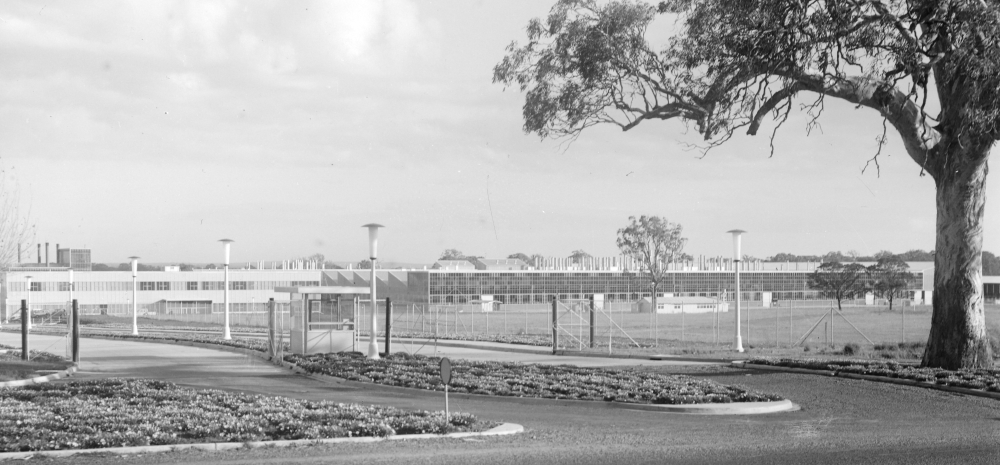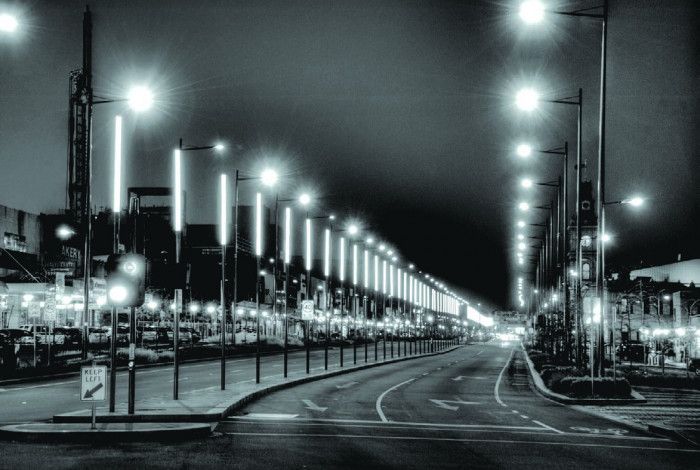
After World War II the post-war boom in Australia saw Dandenong shift from a rural market town to the centre of a new industrial region.
The most notable of the enterprises to arrive in the area were the ‘Big Three’ industrial giants: International Harvester, Heinz and General Motors Holden (GMH).
The ‘Big Three’ led to great economic and social changes in the district. In the 10 years following their arrival, more than 200 other factories joined them. The skyline became dotted with new factories and more than 30 houses were built each month to cater for the rapid population growth.
Between 1948 and 1959 Dandenong’s population increased from 6,000 to nearly 30,000. Many of these were recent arrivals from Europe who had heard of the abundance of work in the region. To many this was the start of multicultural Dandenong.
International Harvester
A major American industrial corporation known for manufacturing and distributing motor trucks, tractors, farm machinery and construction equipment, International Harvester purchased 56 acres at the corner of Princes and South Gippsland highways in 1949.
The new plant employed more than 500 workers and was closely associated with the nearby Doveton Housing Estate, where many of the migrant workers lived.
In 1970 the company built 7,700 trucks and employed several thousand staff. While some name changes have taken place ‘International Trucks’ are currently distributed by IVECO Australia whose Australian manufacturing base remains in Dandenong.
Heinz
In the early 1950s the company purchased a 70-acre site in Dandenong to replace their Richmond plant. The site was a former dairy farm and was chosen for its location near the International Harvester complex and proximity to vegetable growing areas and transport routes.
The building was opened on 7 November 1955 by the Prime Minister Robert Menzies.
Heinz was known for employing large numbers of part-time workers, particularly migrant women. Almost 1300 employees worked at the factory.
Over the years the factory produced canned products including baby foods, soups, baked beans, spaghetti, along with salads and various Weight Watchers products.
The factory closed in 2000.
General Motors Holden
The post-war years saw the Australian Government focus on the development of secondary industries including the development and expansion of the automotive industry. GMH answered the call and created the first Australian motor car, designed and built specifically for Australia.
In 1954 GMH acquired 153 acres in Dandenong for its new body and vehicle assembly plant. Construction of the state of the art plant was completed by late 1956.
During the 1960s Holden became a market leader and across Australia employment peaked at 23,914 people. The Dandenong plant attracted many migrant workers, and it is said that post World War II GMH had an employment officer riding on migrant ships to sign up employees on their way to Australia.
Holden’s fortunes changed in the 1980s and 90s and in 1991 General Motors closed its Dandenong plant. In 1997 the plant was sold and repurposed into an industrial estate.

